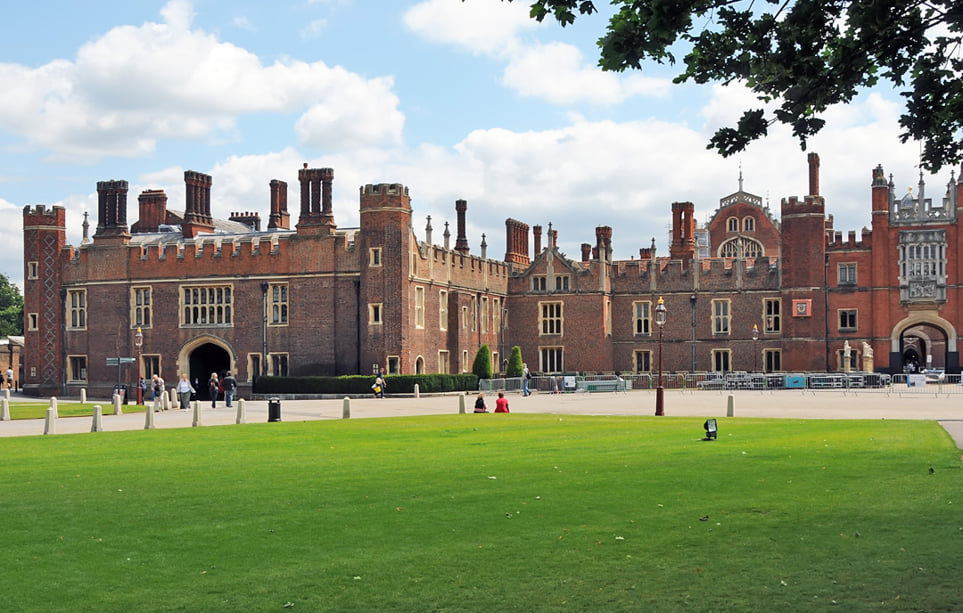Richmond Hampton Wick Planning Permission: A Unique Guide to Local Development Challenges and Opportunities
Richmond’s Hampton Wick, a gem along the River Thames, is characterized by its stunning landscapes, historic architecture, and vibrant community life. Nestled next to the famous Hampton Court Palace, this area is a blend of natural beauty and rich history, making it one of London’s most desirable places to live and develop. However, this allure comes with a set of planning regulations designed to preserve its unique character. For prospective homeowners and developers, understanding the intricacies of planning permission in Richmond Hampton Wick is essential. This guide aims to provide an original and detailed examination of the planning process, challenges, and opportunities that lie within this unique locale.
The Role of Planning Permission in Community Preservation
Planning permission is not merely a bureaucratic hurdle; it is a crucial tool for ensuring that development aligns with the values and needs of the community. In Richmond Hampton Wick, the preservation of historical integrity is a primary concern. Many properties are located within conservation areas, and a significant number of buildings are listed, meaning they are protected due to their architectural and historical significance. The planning system is designed to strike a balance between allowing development and protecting what makes Hampton Wick special.
Understanding the Planning Framework
In Richmond Hampton Wick, the planning framework operates on several levels, encompassing local, regional, and national policies. The Richmond Local Plan outlines the strategic vision for development in the area, emphasizing sustainable growth and community involvement. This plan serves as a guiding document for assessing planning applications, ensuring they comply with local priorities such as enhancing public spaces, protecting green belts, and maintaining the architectural character of the area.
Key Factors Influencing Planning Decisions
When applying for planning permission in Richmond Hampton Wick, applicants should consider several key factors that influence decision-making:
Design and Aesthetics: Proposals must complement the existing architectural styles and materials found in the area. Innovative designs that respect the historical context are often more favorably received.
Impact on Neighbors: Local authorities assess how a proposed development affects surrounding properties. Concerns about loss of light, privacy, and potential noise disturbances can significantly influence outcomes.
Environmental Considerations: Richmond upon Thames places a strong emphasis on sustainability. Proposals that incorporate environmentally friendly designs, such as green roofs or energy-efficient systems, may have a better chance of approval.
Community Engagement: Engaging with the community is not only a recommended practice but often a requirement. Demonstrating that a proposal considers community feedback can strengthen an application.
The Application Process
Navigating the planning permission process can seem daunting, but understanding the steps involved can demystify the experience:
1. Pre-Application Consultation
Before formally submitting an application, it is advisable to engage in a pre-application consultation with the local planning authority. This initial meeting can provide valuable insights into the feasibility of your proposal, highlight potential issues, and outline what documentation will be necessary.
2. Gathering Necessary Documentation
A successful application typically includes a variety of documents, such as:
- Site Plans: Detailed maps that show the existing layout and any proposed changes.
- Design and Access Statements: Explanations of the design rationale and how the development meets accessibility standards.
- Heritage Statements: For properties within conservation areas, this document addresses how the proposal respects historical context.
3. Submitting the Application
Once all documentation is prepared, applications can be submitted online via the Richmond planning portal. Ensuring that all necessary paperwork is included can help prevent delays.
4. Public Consultation and Feedback
After submission, the application will undergo a public consultation period where neighbors and community members can voice their opinions. Engaging with this feedback is crucial, as community support can sway the decision in your favor.
5. Decision and Potential Appeals
The local authority aims to make a decision within eight weeks. If permission is granted, conditions may be attached to ensure compliance. If an application is refused, applicants have the right to appeal the decision through the Planning Inspectorate.
Challenges and Opportunities
Challenges
- Navigating Bureaucracy: The planning process can be complex, with numerous regulations and guidelines to adhere to. This can be particularly challenging for first-time applicants.
- Community Opposition: Proposals may face resistance from local residents, especially if they perceive that the development could negatively impact the character of the area.
Opportunities
- Community Involvement: Developers have the chance to engage with local stakeholders, creating proposals that enhance community spaces and contribute positively to the neighborhood.
- Sustainable Development: There is an increasing demand for environmentally friendly projects. Incorporating green building practices can not only improve chances of approval but also attract eco-conscious buyers or tenants.
Conclusion
Understanding the intricacies of planning permission in Richmond Hampton Wick is essential for anyone looking to develop or renovate property in this charming area. By appreciating the historical context, engaging with the community, and navigating the application process with thorough preparation, prospective developers can create meaningful contributions to the landscape of Richmond Hampton Wick. This unique blend of heritage, community spirit, and regulatory framework presents both challenges and opportunities for those willing to invest in this picturesque locale, ensuring that Richmond Hampton Wick remains a vibrant and cherished part of London’s cultural tapestry for years to come.





